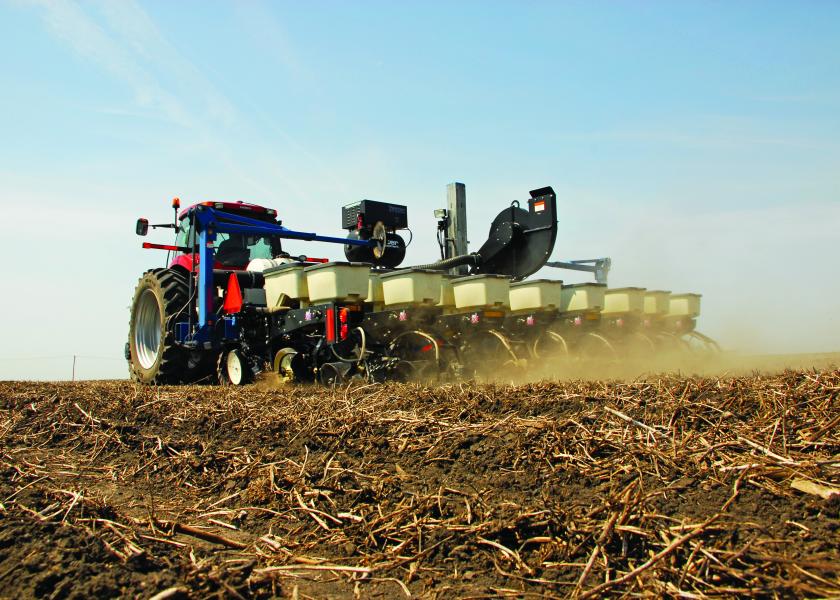West Central Puts Phosphorus In The Spotlight

According to West Central Distribution, only one in six farmers uses a phosphorus efficiency product, but 83% of farmers are concerned about phosphorus unavailability in their soils, and current phosphorus efficiency in grains is estimated at less than 10%.
This has led to West Central launching The Phosphorus Project, which in 2018 enrolled 76 farmers, and 101 fields, across 7,400 acres and 10 states.
Steve Carlsen, Levesol and Crop Enhancement Manager with West Central says the Phosphorus Project shows farmers on their own fields how product placement can help them achieve production goals. The trials use starter fertilizers like Levesol, Levesol Zn or Paralign, compared with a control site using a local starter fertilizer.
“We do a lot of replicated research trials, which is great to show product potential, but ultimately, growers want to know how products work on a ‘normal’ operation,” Carlsen says.
Carlsen says there’s an expanding footprint for starter fertilizer—beyond its traditional usage in the upper Midwest.
“As farmers are asking how they can better manage phosphorus, we’ve seen an uptick in farmers using starter in Arkansas as well as in Ohio, where they are managing crop nutrients in light of being the Lake Erie watershed,” he says.
The Phosphorus Project trials are paired with Climate FieldView to provide in-season monitoring as well as soil testing.
“I say that FieldView is like having the game film to show how the products perform in the season,” Carlsen says. “Particularly with phosphorus it’s been a challenge to show the whole story on responses because three factors affect availability—pH, organic matter, and cation exchange capacity. With the complexity and variability of those factors, it’s been hard to be prescriptive. But these new tools change that.”
Despite a condensed spring planting season in 2019, Carlsen says retailers and farmers shouldn’t abandon starter use to save on time. Phosphorus availability hinges on placement.
“Phosphorus is like a cannonball; it stays where you put it,” Carlsen says. “So we need to get more in close proximity to the roots and growing points of the plant. When you use the right products and make sure it’s available to the plant, you’ll get a better response.”
He also says tight farm economics highlight the need for retailers to help farmers place products for maximum return.
“In these tighter times, retailers know they need to make the best recommendations for their growers; they have to feel confident that the products will give the results the farmer wants,” he says. “And the Phosphorus Project is allowing us to show the value with our retailers to their customers.”
Data from 78 percent of the trials showed a significant yield increase when Levesol family starter fertilizer was applied, compared to standard treatment. Average yield advantages for Levesol DFC and Levesol Zn are 15 bushels per acre for corn, and 4.7 bushels per acre for soybeans. Soil tests showed that the Levesol family of products increased phosphorus uptake by the plants an average of 80%, which equates to roughly $8.32 per acre.








